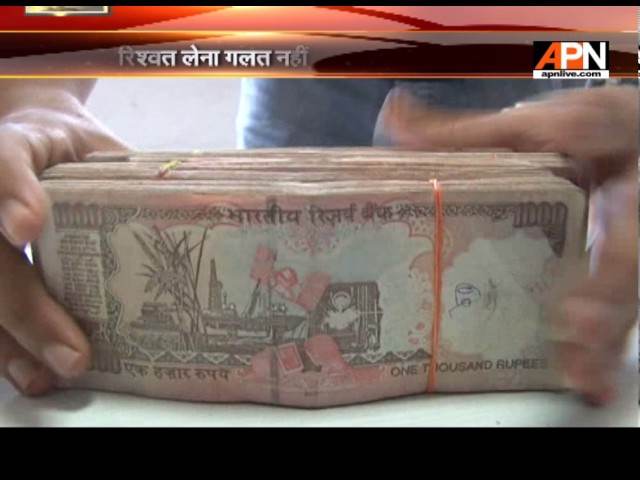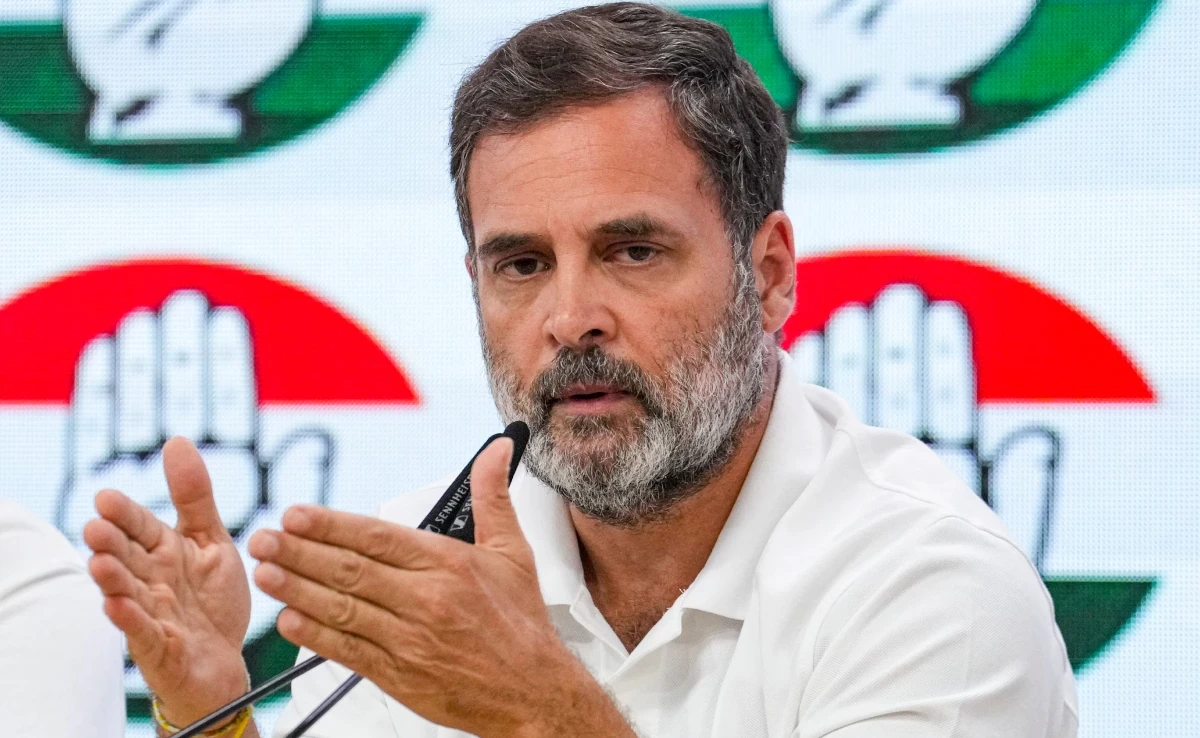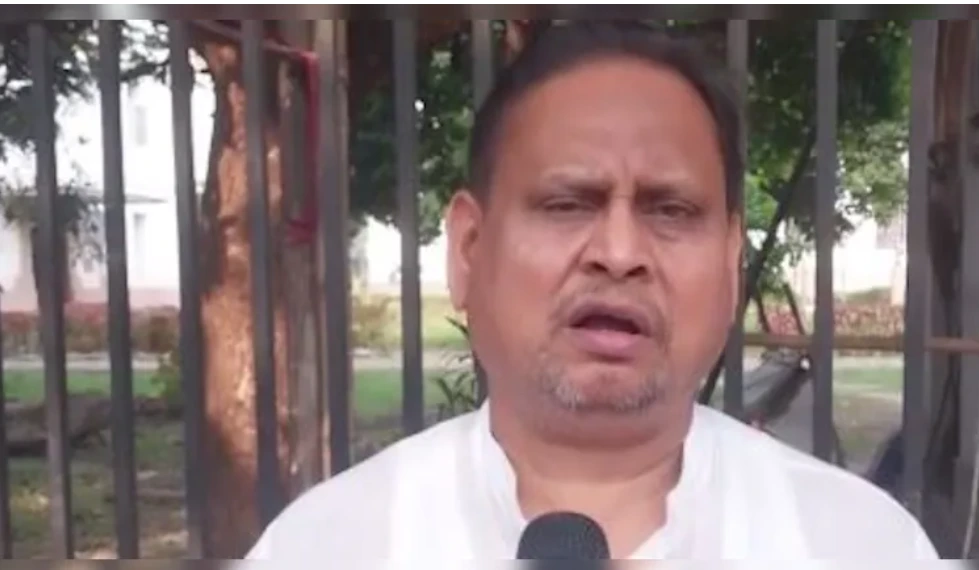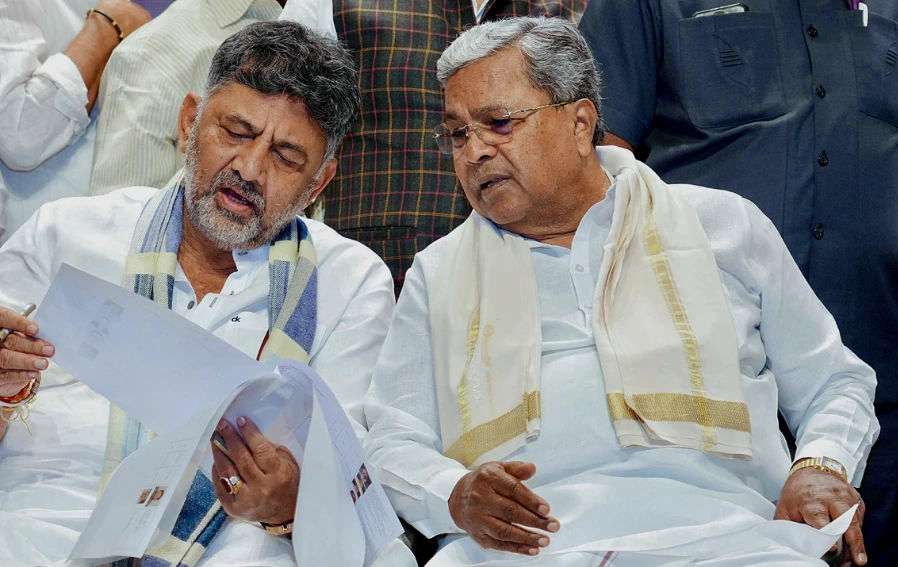Latest Politics News
Bhupendra Patel: Journey from engineer, builder, councillor to CM, know the whole story of Bhupendra Patel in 10 points
Bhupendra Patel has been associated with the Rashtriya Swayam Sevak Sangh since the beginning of his political career.

India News
Rahul Gandhi attacks Centre ahead of Vladimir Putin’s India visit
Rahul Gandhi alleged that the government discourages visiting foreign dignitaries from meeting Opposition leaders, calling it a sign of “insecurity,” hours before Russian President Vladimir Putin arrives in Delhi.
India News
TMC MLA Humayun Kabir suspended after Babri Mosque replica proposal sparks row
TMC suspended MLA Humayun Kabir after he proposed building a Babri mosque replica in Murshidabad, a move that drew criticism from the party and sparked political tension.
India News
Karnataka Power Shift: What Siddaramaiah–DK Shivakumar compromise formula means
A closer look at the emerging ‘compromise formula’ between Karnataka’s top leaders Siddaramaiah and DK Shivakumar, and how it may shape the state’s political future.
-
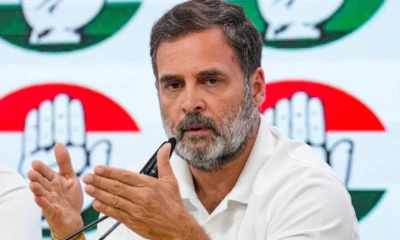
 India News17 hours ago
India News17 hours agoRahul Gandhi attacks Centre ahead of Vladimir Putin’s India visit
-
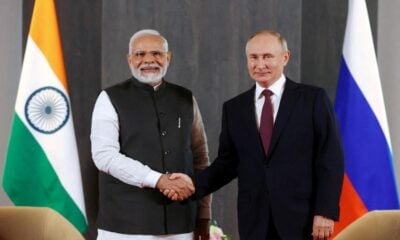
 India News21 hours ago
India News21 hours agoPutin begins two-day India visit today, defence, energy and trade talks on agenda
-
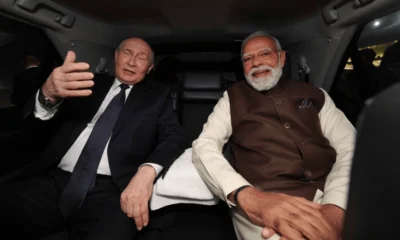
 India News12 hours ago
India News12 hours agoPM Modi welcomes Vladimir Putin with warm hug as Russian President begins India visit
-

 India News21 hours ago
India News21 hours agoIndiGo flight cancellations deepen as crew shortage hits operations nationwide
-
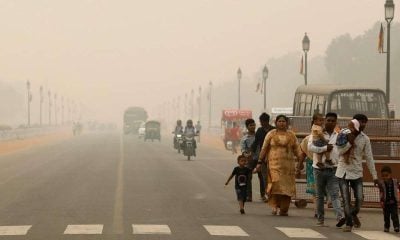
 India News12 hours ago
India News12 hours agoDelhi to install 305 mist sprayers across 9 major pollution hotspots
-
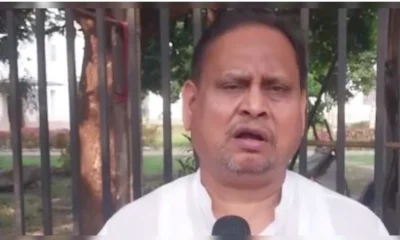
 India News17 hours ago
India News17 hours agoTMC MLA Humayun Kabir suspended after Babri Mosque replica proposal sparks row
-
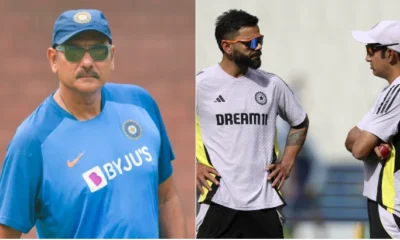
 Cricket news12 hours ago
Cricket news12 hours agoRavi Shastri warns critics against messing around with Virat Kohli and Rohit Sharma







